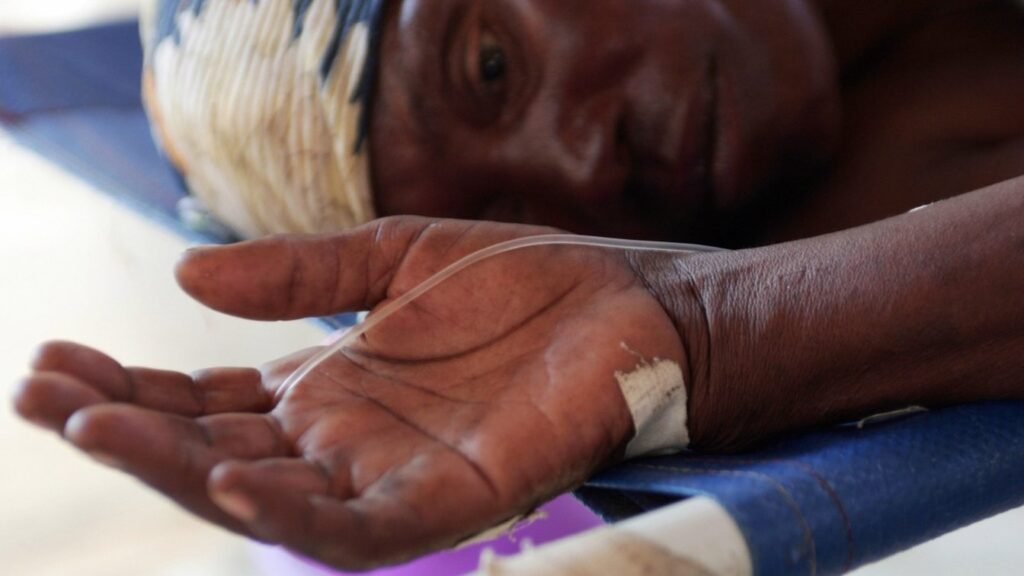NAIROBI, KENYA — Kenya’s Ministry of Health has officially confirmed a cholera outbreak affecting several regions across the country, reporting a total of 95 cases and six deaths as of April 6, 2025.
The waterborne disease has now spread across three counties: Migori, Kisumu, and Nairobi. Migori County has been most severely impacted, accounting for 53 cases and one fatality, with the affected sub-counties identified as Suna East, Suna West, Kuria East, and Kuria West.
Health officials have indicated that the majority of patients in Migori have recovered, with only two remaining hospitalized. Kisumu County has recorded 32 cases and four deaths, while Nairobi has reported 12 cases and one death, resulting in an overall case fatality rate of 6.2%.
Cholera is contracted through the ingestion of food or water contaminated with the Vibrio cholerae bacteria. Symptoms include a sudden onset of severe watery diarrhoea, vomiting, muscle cramps, and potentially life-threatening dehydration, which can develop rapidly within hours to days following infection.
The Ministry of Health of Kenya, in collaboration with the affected county governments, has initiated a range of emergency response measures. These actions include enhanced disease surveillance, training for healthcare workers, implementation of water hygiene and sanitation protocols, public risk communication and community engagement initiatives, and robust case management strategies within the affected areas.
“The Ministry of Health reassures the public that the country is adequately prepared to manage and contain this outbreak,” stated Aden Duale, the Cabinet Secretary for Health. “We are on high alert in all counties, surveillance activities have been stepped up, as well as intensified community awareness to ensure that any alerts are responded to in a timely manner.”
Health authorities are strongly advising the public to prioritize personal hygiene, ensure access to safe drinking water and proper sanitation facilities, and adhere to stringent food safety practices to limit the further transmission of the disease.
Cholera, an acute diarrheal illness caused by consuming food or water contaminated with the bacterium Vibrio cholerae, has been a recurring public health challenge in Kenya since its initial recorded occurrence in 1971.
Key cholera outbreaks and trends in Kenya:
- 1997–1999: Kenya experienced its most severe cholera outbreak, with 26,901 reported cases and 1,362 deaths, yielding a case fatality rate of 5.1%.
- 2009: The Mutomo District in Eastern Province faced a significant outbreak, resulting in seven deaths and 1,134 diagnosed cases. Contributing factors included water scarcity, reliance on unsafe water sources, and inadequate sanitation.
- 2014–2019: The nation saw a resurgence in cholera cases, with 10,568 cases reported in 2015 and 5,208 in 2019. Studies indicate that cholera outbreaks occurred annually during this period, except for a few years, often linked to climatic factors and inadequate water, sanitation, and hygiene infrastructure.
- 2022–2023: A cholera outbreak traced to a wedding festival in Kiambu County in October 2022 led to cases spreading across the region. By February 2023, Kenya had reported 4,821 cases and 85 deaths.

